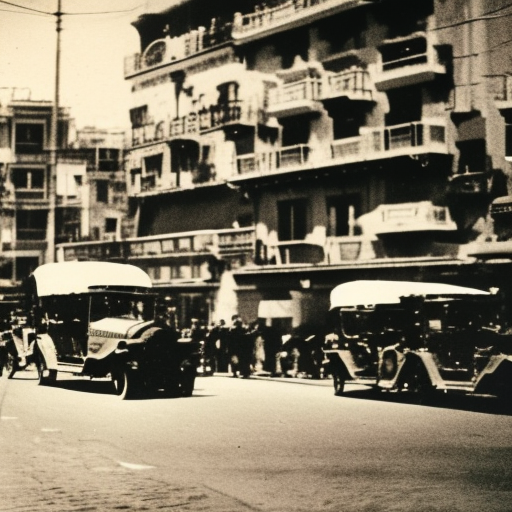Mediterranean and Middle East Theatre of World War II
The Mediterranean and Middle East Theatre of World War II refers to the conflict that took place in the regions surrounding the Mediterranean Sea and the Middle East during the Second World War. This theatre was of strategic importance to both the Allies and the Axis powers due to its proximity to vital shipping routes and access to valuable resources.
Background:
Prior to the outbreak of World War II, the Mediterranean and Middle East were already areas of contention. Italy, under the leadership of Benito Mussolini, had invaded Ethiopia in 1935 and Albania in 1939. In 1940, Italy, now allied with Nazi Germany, launched an invasion of Greece from its colonies in North Africa. However, the Italian forces were repelled by the Greek army, prompting Germany to intervene and invade Greece in 1941.
The North African Campaign:
The North African Campaign was a crucial part of the Mediterranean and Middle East Theatre. It began in 1940 when Italian forces in Libya attacked British-controlled Egypt. The British, under the leadership of General Archibald Wavell, launched a counteroffensive and pushed the Italians back into Libya. However, in 1941, German forces, led by General Erwin Rommel, arrived in North Africa to support the Italians. Rommel’s Afrika Korps achieved several victories, driving the British back to Egypt. The turning point came in 1942 when British General Bernard Montgomery led the Eighth Army in the Battle of El Alamein, defeating Rommel and forcing the Axis forces to retreat.
The Siege of Tobruk:
The Siege of Tobruk was a significant event in the North African Campaign. Tobruk, a strategic port city in Libya, was held by Australian and British forces. In April 1941, German and Italian forces surrounded Tobruk, intending to capture it. However, the defenders, known as the “Rats of Tobruk,” held out against the Axis siege for 240 days, denying them a vital supply base. The siege was eventually lifted in December 1941 when the Eighth Army launched a successful offensive.
The Middle East Campaign:
The Middle East Campaign involved the British and Commonwealth forces fighting against the Axis powers in the Middle East and North Africa. The campaign aimed to protect British interests in the region, secure vital oil supplies, and prevent the Axis powers from gaining control over the Suez Canal. The British forces, under the command of General Wavell, successfully defended Egypt against the Italian invasion in 1940 and launched a counteroffensive into Italian-held Libya in 1941.
The Battle of El Alamein:
The Battle of El Alamein, fought in October-November 1942, was a decisive battle in the North African Campaign. General Montgomery’s Eighth Army launched a massive offensive against Rommel’s Afrika Korps. The battle lasted for two weeks, and the British forces successfully broke through the Axis defenses, forcing them to retreat. This victory marked a turning point in the war and ended the Axis threat in North Africa.
The Invasion of Sicily and Italy:
Following the victory at El Alamein, the Allies launched an invasion of Sicily in July 1943. The invasion, codenamed Operation Husky, involved British, American, and Canadian forces. The Allies quickly captured the island, leading to the fall of Mussolini’s fascist regime in Italy. Subsequently, the Allies invaded mainland Italy, facing stiff resistance from German forces. The Italian campaign was a long and costly endeavor, with the Allies finally capturing Rome in June 1944.
Conclusion:
The Mediterranean and Middle East Theatre of World War II was a complex and strategically significant conflict. The North African Campaign, the Siege of Tobruk, the Middle East Campaign, the Battle of El Alamein, and the invasion of Sicily and Italy were key events that shaped the outcome of the war in this theatre. These campaigns demonstrated the importance of the region and the determination of the Allied forces to secure victory.












